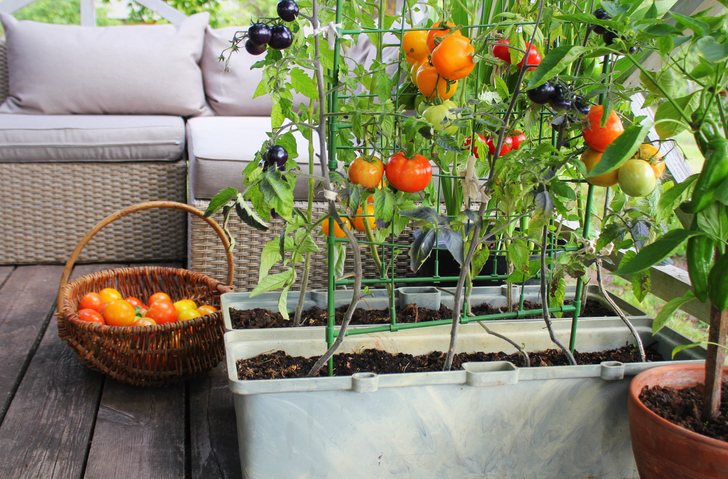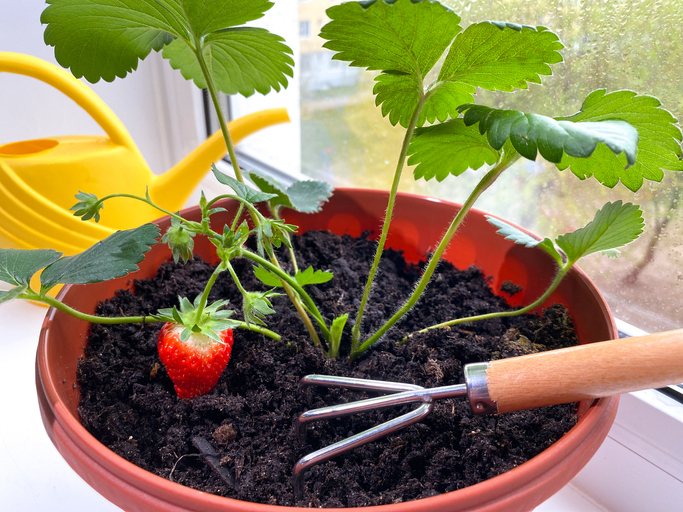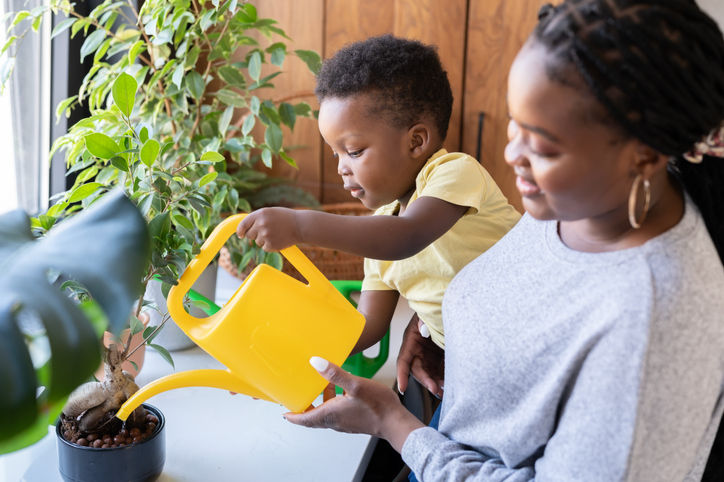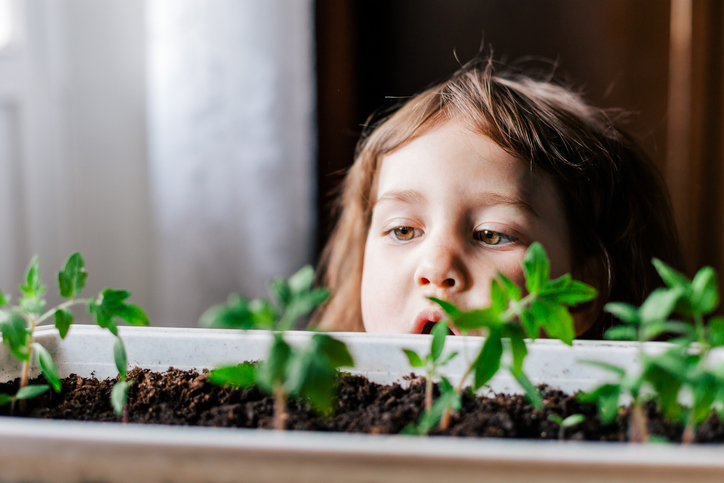Spring has sprung! This season, try to grow a container garden! Whether it’s a single herb plant or a full-on nursery we can help. Read on for details but check out this previous gardening blog and this container gardening blog for more information to get you started.
Did you know that you can use your SNAP and Healthy Incentives Program (HIP) benefits to purchase seeds and seedlings? If you receive SNAP, you are already enrolled in HIP. For more information, check out our page on HIP benefits and use the DTAFinder to locate a farm near you who accepts SNAP and HIP.
Let’s get to that garden. This is what you will need:
- Sunlight
- Planter(s)
- Seeds or seedlings
- Potting soil
- Water
Let’s dig in!
Your plants will need around five hours of sunlight a day. It doesn’t matter if your plant receives sunlight through a window or if it’s outside. If the plant is inside, you might want to place it on something to be closer to the window. The sun will take care of everything else.
There’s no need to purchase a planter. This is the perfect time to ‘upcycle’ materials you already have. Reuse that yogurt container or plastic milk jug into the perfect place to grow your plants. Just make sure to poke some holes in the bottom for drainage. While all plants need water, they don’t want too much. Proper drainage is key. Feel free to use your imagination when it comes to planters. How about empty soup or tomato cans? What about a large bucket or even a box?

Staked mature tomato plants growing in a container on porch.
Here’s an important question: what to plant? What would you like to grow? There are lots of options! Perhaps you want something fast? Radishes and/or lettuce grow quickly. Maybe you’re more interested in tomatoes? They take a little longer but just imagine growing your own! And remember to provide the tomatoes with something to hang onto as they grow. There are so many options whether you’re interested in growing cucumbers or carrots, cilantro, or parsley, or maybe culantro or calabrese squash? There are so many delicious vegetables to grow and enjoy! And a side note, if your child helps you grow a vegetable, they are more likely to try it!

Planting strawberry seedlings on windowsill. Rake and watering can with plant.
If you’re purchasing seed packets, you’ll find directions for how to care for them on the back of the package. Some of what will be included:
- The amount of time the seeds will need to ‘germinate’—that is when the plant first pokes itself out of the soil;
- How long before your plant reaches ‘maturity’—this means how long before it’s ready to eat;
- How many seeds to plant;
- How much sunlight the plant needs a day; and
- How much space the plant needs to grow—some plants don’t like to be crowded and need lots of space (thinking of you summer squash!).
You will need to purchase some potting soil. Soil provides nutrients for your growing plants and, just like us, nutrients are important! You can find nutrient rich potting soil at your local hardware stores.

Mother helping young son water plants inside home.
Finally, water! Make sure you water your plants regularly. To find out whether your plant needs water insert a finger two inches into the pot. If your finger is dry and soil isn’t sticking to it, then it’s time to water.
Interested in exploring more about gardening? Reach out to your municipality or library to see if there’s a community garden already in your neighborhood. Find a community garden in the Boston area. In Central Massachusetts try Growing Places and UGROW in Worcester. Mass Audubon supports gardening across the state. Western Massachusetts Master Gardener Association has got western Mass covered!
As always, thanks for stopping by, we enjoy the company!
Did you find this blog post helpful? Please click the heart button!




